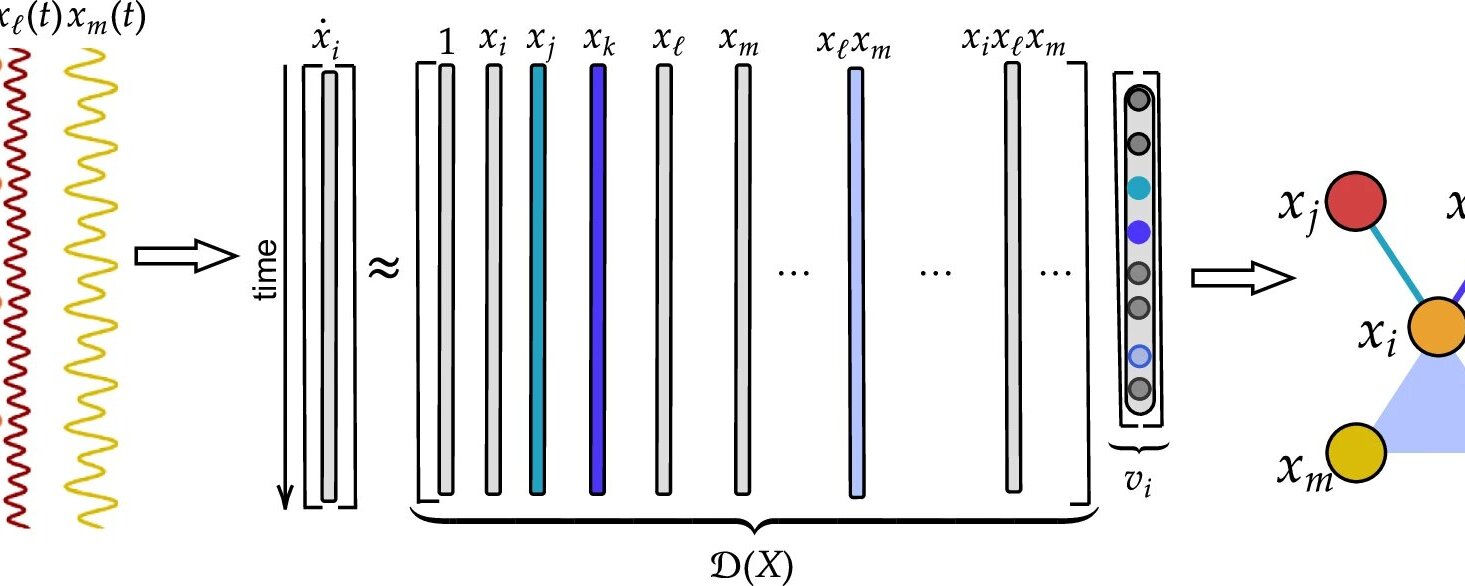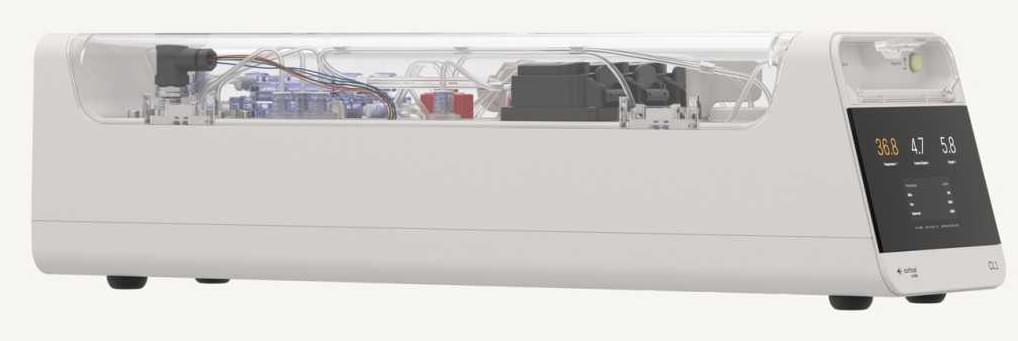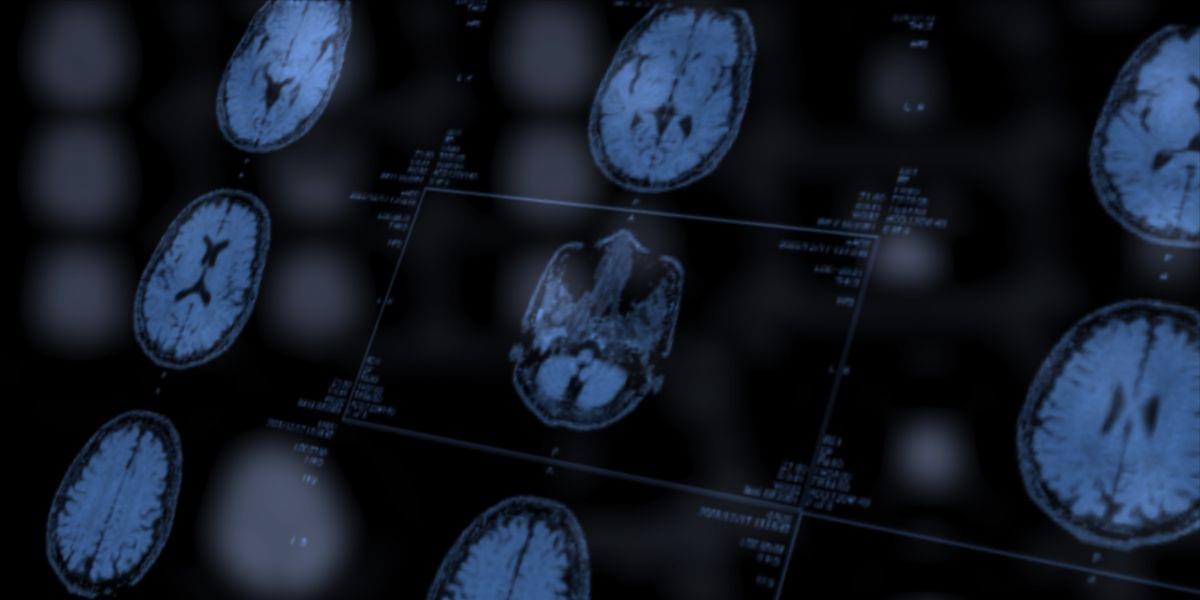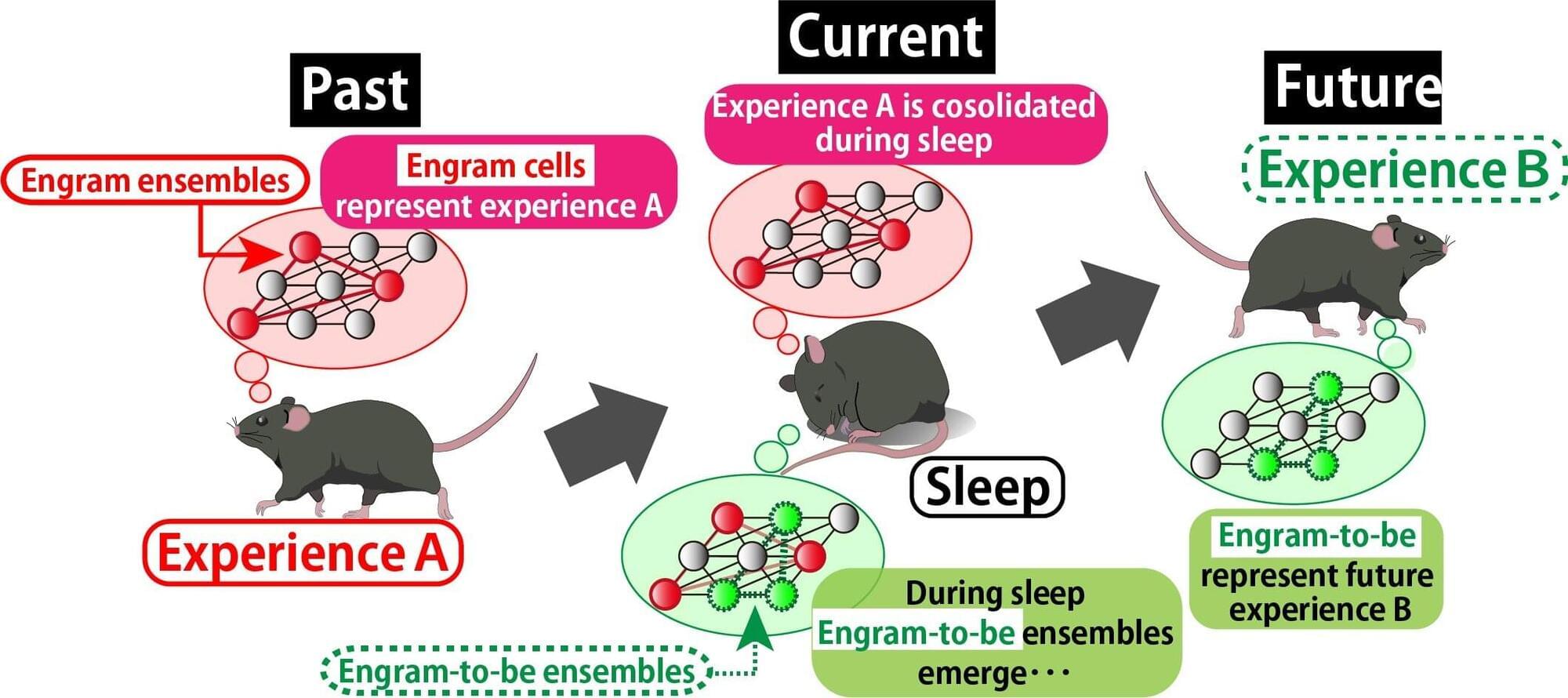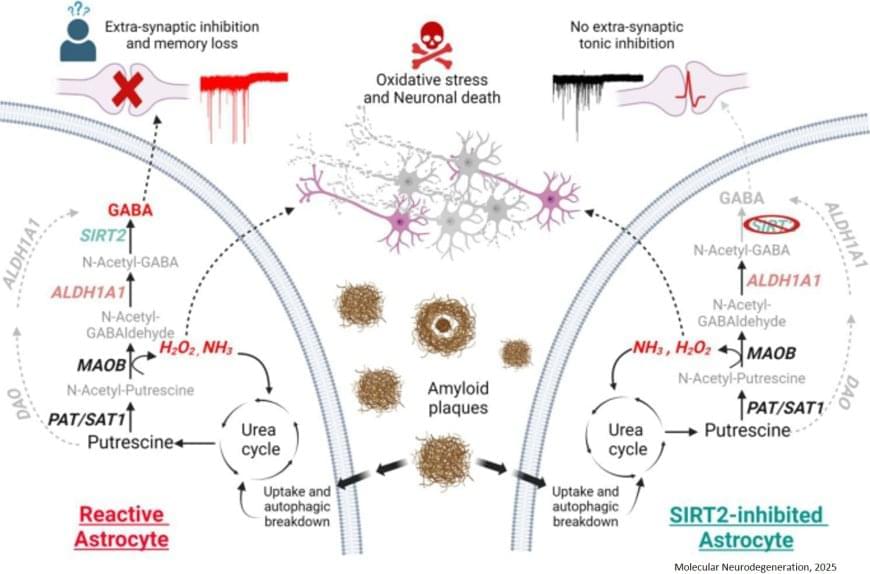In a network, pairs of individual elements, or nodes, connect to each other; those connections can represent a sprawling system with myriad individual links. A hypergraph goes deeper: It gives researchers a way to model complex, dynamical systems where interactions among three or more individuals—or even among groups of individuals—may play an important part.
Instead of edges that connect pairs of nodes, it is based on hyperedges that connect groups of nodes. Hypergraphs can represent higher-order interactions that represent collective behaviors like swarming in fish, birds, or bees, or processes in the brain.
Scientists usually use a hypergraph model to predict dynamic behaviors. But the opposite problem is interesting, too. What if researchers can observe the dynamics but don’t have access to a reliable model? Yuanzhao Zhang, an SFI Complexity Postdoctoral Fellow, has an answer.
